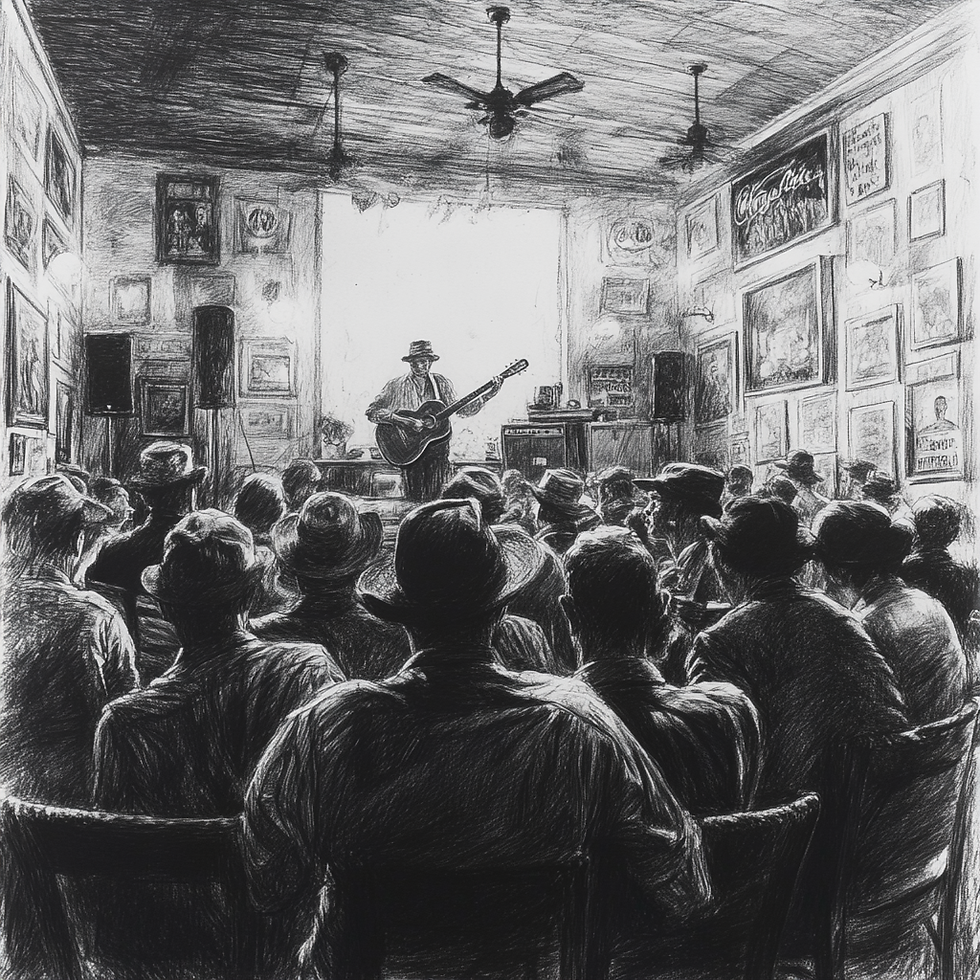Unlocking the Secrets of the Modes: A Journey Through Ancient Sounds
- redmmo1
- Aug 8, 2024
- 2 min read
Ever wondered why some melodies sound happy, while others evoke a sense of mystery or longing? The answer might lie in the ancient world of musical modes. These seven distinct scales, each with its own unique character, have been shaping music for centuries, influencing everything from folk tunes to classical masterpieces.

Let's take a journey through the seven modes, starting with the familiar **Ionian**, often called the major scale. This mode, with its bright and cheerful sound, is the foundation of most Western music. Next, we encounter **Dorian**, a minor mode with a slightly melancholic feel, often used in blues and folk music.
The **Phrygian** mode, with its exotic and dramatic sound, is characterized by its lowered second degree. It's often used to create a sense of mystery or tension. **Lydian**, on the other hand, is known for its bright and ethereal quality, with a raised fourth degree. It's often used in hymns and spiritual music.

The **Mixolydian** mode, with its bluesy and relaxed feel, features a lowered seventh degree. It's commonly used in rock and jazz music. **Aeolian**, the natural minor scale, is a more somber mode with a melancholic feel, often used in classical music. Finally, **Locrian**, with its unusual interval structure, is rarely used in its pure form due to its unstable sound.
Understanding the modes unlocks a world of musical possibilities. By learning to use them effectively, you can create a vast array of sounds and emotions in your music.

Want to explore the world of modes and discover your own musical voice?
Contact me today for virtual guitar lessons online or in-person in Phoenix, Arizona. I'll guide you through the intricacies of these ancient scales and help you unlock the power of musical expression.




Comments